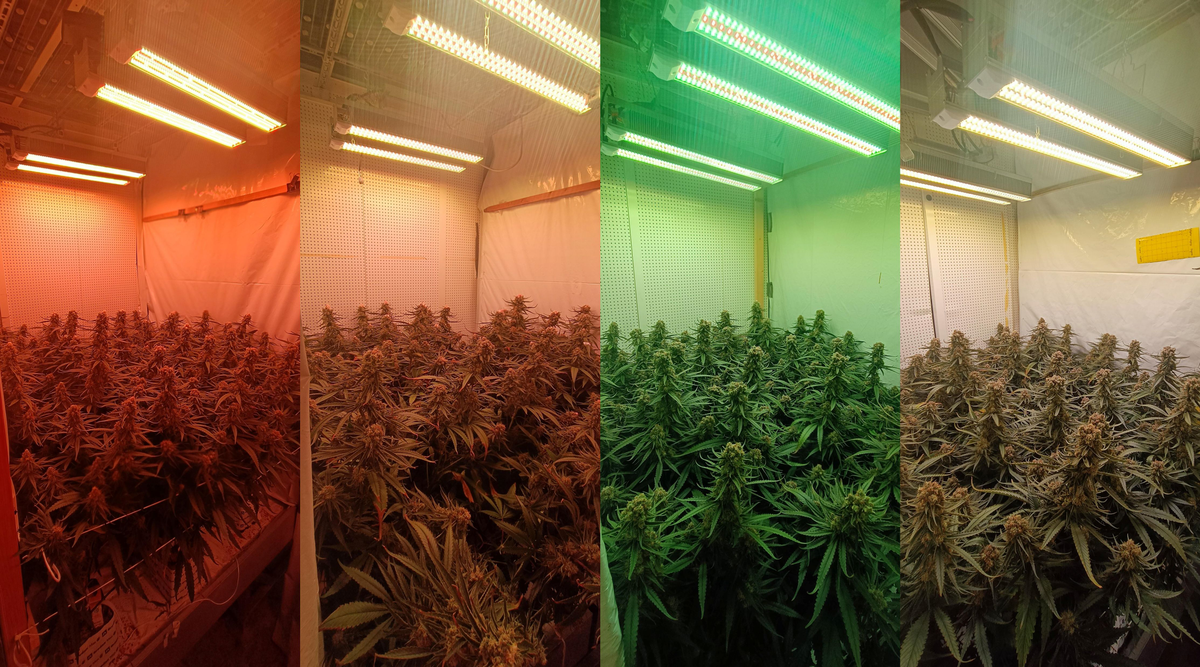The point im making is that the significance is not in the flatness of the line, but yes, its calculated and included. The low uv condition that gave 15% effect/increase in cannbinoids is at p:0.50. So basicly you could conclude that the 15% increase has a 50% chance of being random noise in the numbers, 50% chance of being dependant on the uv treatment. Or at least thats how i understood things when it was taught to me a long time ago. Point is looking at the line and spotting some blips and discounting it as insignificant is not the right way of understanding this. You can very well have a very low effect size of just a couple of percent but it can still be statisically significant if youre variance is low and you have enough measurements.You can read significance in that graph. The standard error is at 95 % confidence interval. If it overlaps there is no statistically significant difference (at 95 % CI).
Point is aswell that its a bit bad faith to say nothing happened closed case, when you did find effect.
The buds in a bucket: i didnt think about that and tbh i dont think they mentioned exactly how they went about this. The logical approach would be cutting down the grow and test the most apical bud of every plant. But i dont think bugbee expands on this. But im glad someone else sees this study for what it is, not an end all discussion for ganja growers
I might be imagining this but i do think bugbee ran tests on high thc cultivars aswell but i might be mixing up papers. Point is if your questioning setting up uv for ganja then this paper is not going to help you figure out anything.



